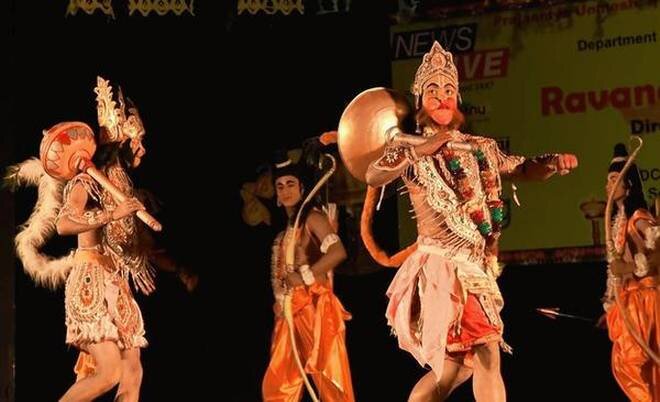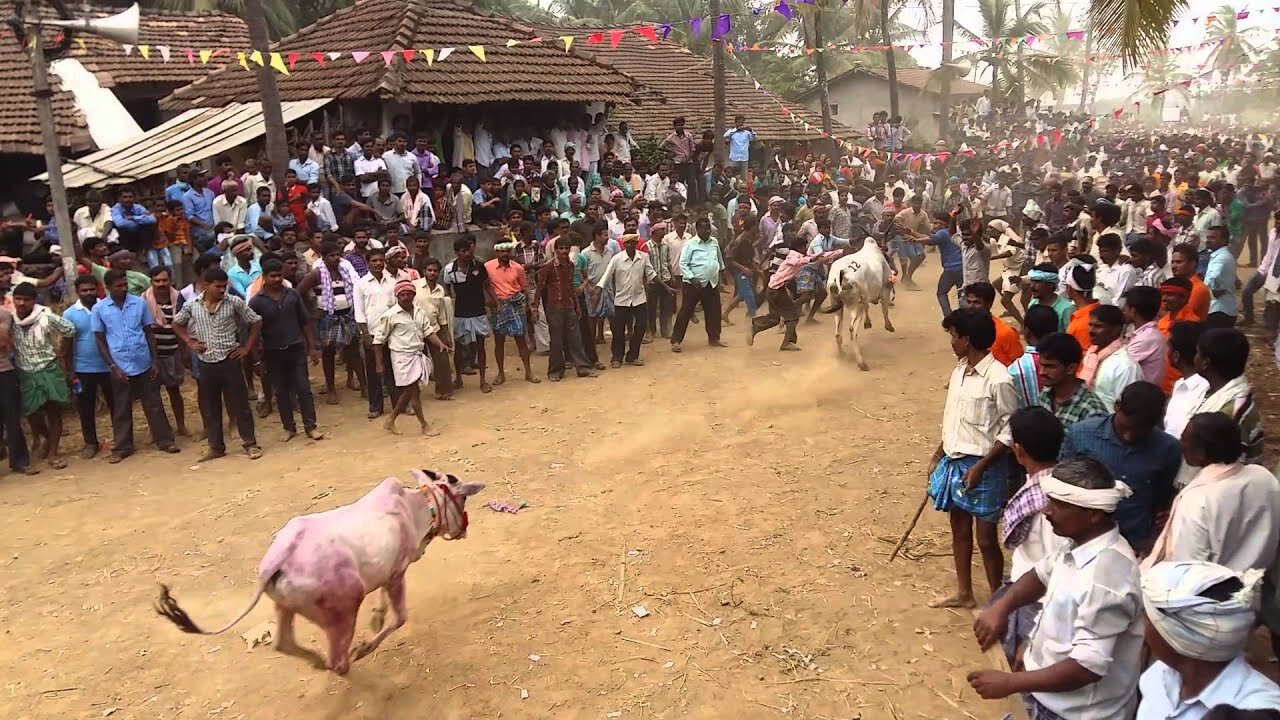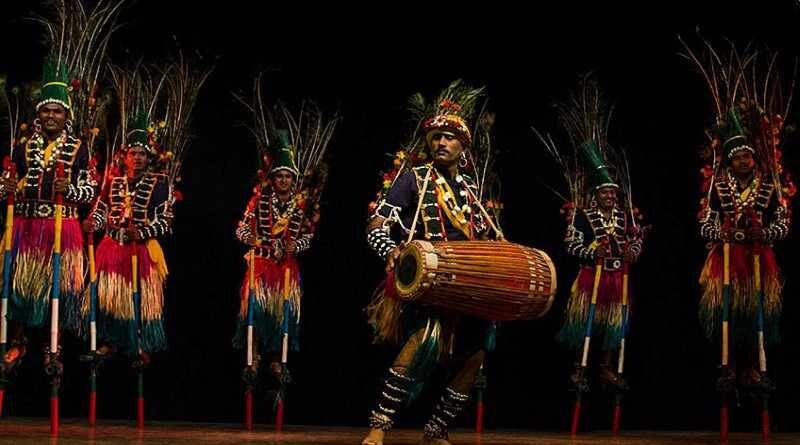International Relations
India-Saudi Arabia
The Prime Minister of India visited Saudi Arabia from 28th- 29th October 2019. The visit was the second visit of the Prime Minister to the country in three years.
Key Highlights
- India-Saudi Strategic Partnership Council was formed to coordinate on strategically important issues. The council will be headed by the Prime Minister and Crown Prince Mohammed and will meet every two years.
- India is the fourth country with which Saudi Arabia has formed such a strategic partnership, after the UK, France and China.
- 12 Memorandum of Understandings (MoUs) on issues related to defence industries, security, air services, renewable energy, medicine products regulation, prevention of narcotics trafficking, and the use of RuPay cards in Saudi Arabia.
- India also cleared an MoU that will help Hajj pilgrims to travel comfortably in Saudi Arabia during the pilgrimage seasons.
- Stand on terrorism and other issues:
- Both sides condemned terrorism in all forms and stated that no particular religion, race or culture should be linked with international terrorism.
- Discussed a number of regional conflicts like the war in Syria and Yemen and sought lasting peace in the Palestinian territories for the establishment of the independent Palestinian state based on the pre-1967 borders with "Jerusalem as its capital".
- Future Investment Initiative:
- It is Saudi Arabia’s annual investment forum, also known as ‘Davos in the Desert’. The informal name derives from the World Economic Forum’s annual meeting that is held in Davos, Switzerland, where world leaders discuss and shape agendas for pressing international issues.
- The Prime Minister of India also invited Saudi companies to invest in India's energy sector as India has set a target of $100 billion investment in the sector by 2024.
- Cooperation in the Energy Sector:
- Saudi Arabia is keen to play a role in the creation of strategic petroleum reserves at Padur in Karnataka.
- A study is being conducted for the setting up of the world’s largest greenfield refinery at Raigarh in Maharashtra by Saudi Aramco, Adnoc of the United Arab Emirates and Indian public sector oil companies.
India - Saudi Arabia Ties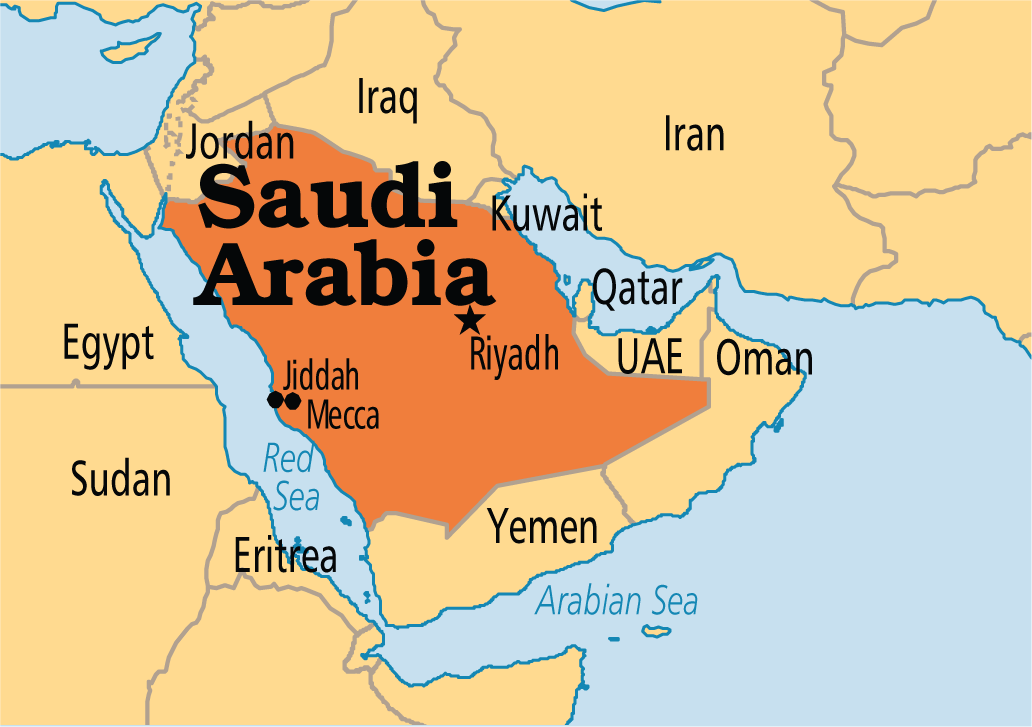
- Saudi Arabia is a strategic partner of India since the signing of the Riyadh Declaration in 2010.
- It is currently India’s second-largest supplier of crude oil – providing about 18 % of its energy needs. It also has a major role in India’s Strategic Petroleum Reserves (SPRs).
- The largest supplier of crude oil is Iraq.
- It is India’s 4th largest trade partner. In 2018-19, the India-Saudi bilateral trade was the US $ 34.03 billion.
- The 2.6 million-strong Indian community in Saudi Arabia is the largest expatriate community in the Kingdom and is the ‘most preferred community’ due to their expertise, sense of discipline, law-abiding and peace-loving nature.
- Haj pilgrimage is another important component of bilateral relations.
Indian Heritage & Culture
Lakshmi Narasimha Temple: Hoysala Architecture
The 13th century Lakshmi Narasimha temple in Bhadravati of Shivamogga district, Karnataka is being renovated.
About Lakshmi Narsimha Temple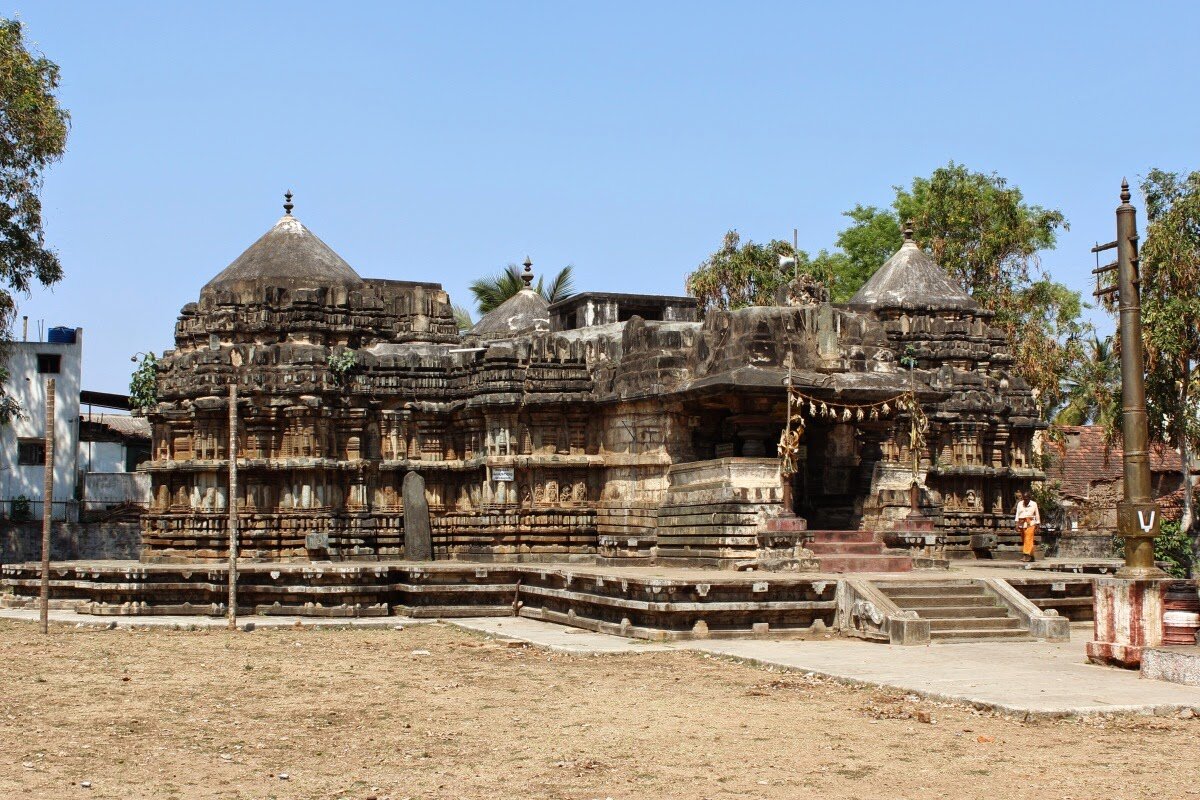
- The temple was built during Hoysala rule in the early 13th century.
- It is built in ‘Trikuta’ style, that is, having three shrines- dedicated to Lakshmi Narasimha, Venugopalaswamy and Purushothama.
- The outer walls of the temple bear great detailed carvings in Hoysala style.
- The concrete flooring on the platform, also called jagati, is used by devotees as pradakshina path (ambulatory passageway for circumambulation).
About Hoysala Architecture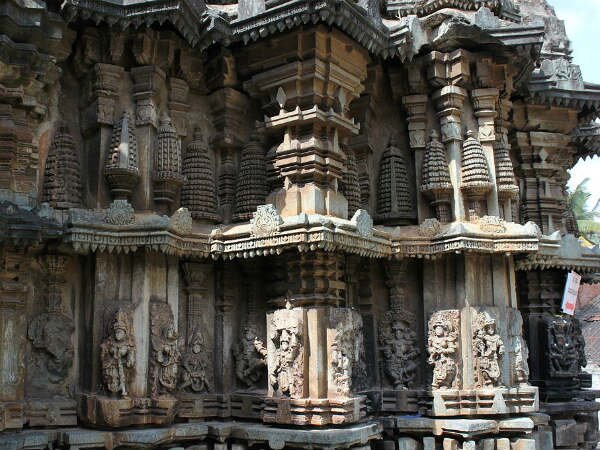
- Hoysala architecture is the building style developed under the rule of the Hoysala Empire between the 11th and 14th centuries, mostly concentrated in southern Karnataka.
- Hoysala temples are sometimes called hybrid or vesara as their unique style seems neither completely Dravida nor Nagara, but somewhere in between.
- The Hoysala temples, instead of consisting of a simple inner chamber with its pillared hall, contain multiple shrines grouped around a central pillared hall and laid out in the shape of an intricately-designed star.
- The most characteristic feature of these temples is that they grow extremely complex with so many projecting angles emerging from the previously straightforward square temple, that the plan of these temples starts looking like a star, and is thus known as a stellate-plan.
- Since they are made out of soapstone which is a relatively soft stone, the artists were able to carve their sculptures intricately. This can be seen particularly in the jewellery of the gods that adorn their temple walls.
- They are easily distinguishable from other medieval temples by their highly original star-like ground-plans and a profusion of decorative carvings.
- Some of the famous temples are: Hoysaleshvara temple (Lord of the Hoysalas) at Halebid in Karnataka that was built in dark schist stone by the Hoysala king in 1150, Chennakeshava temple in Somnathpura, Karnataka built around AD 1268 under Narasimha III, Kesava temple at Belur in Hassan district of Karnataka built by Vishnuvardhana.
Science & Technology
Edge Computing
Edge computing is defined as the deployment of data-handling activities or other network operations away from centralized and always-connected network segments (like Dropbox, Gmail, etc.) and toward individual sources of data capture, such as endpoints like laptops, tablets.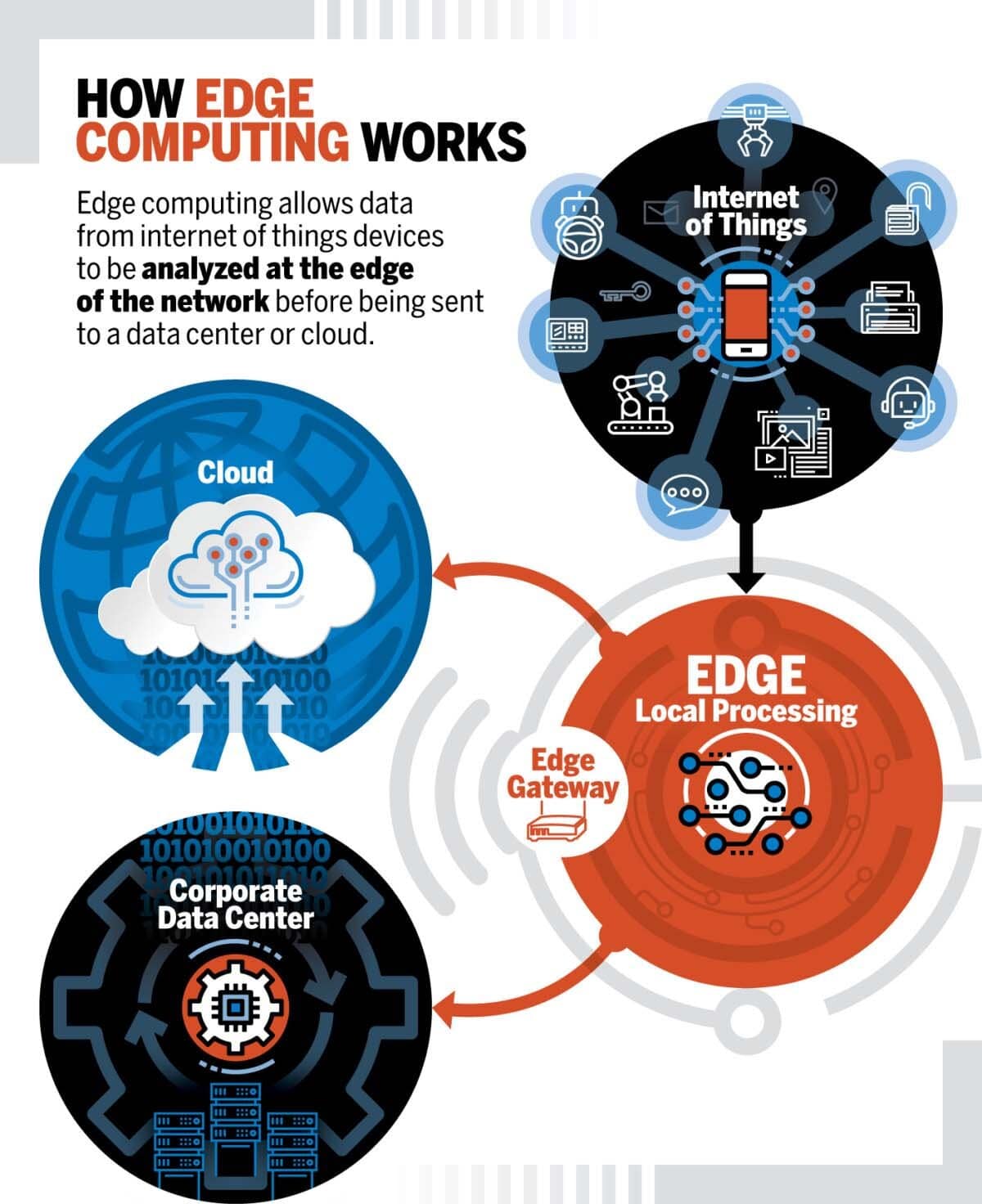
- It is an extension of cloud computing, and differs in terms of time taken in processing the information. The data is analysed locally, closer to where it is stored, in real-time without latency.
- It is predicted that edge computing would be the next big trend after cloud. The global edge computing market is forecasted to reach more than $ 8 Billion by 2025 valued growing at more than 32% between 2019-2025.
Advantages of Edge Computing
- Quick: Edge computing allows for quicker data processing and content delivery while streaming a video on platforms like Netflix or accessing a library of video games in the cloud.
- Future Technology Enabled: Technologies such as 5G wireless technology and artificial intelligence enable faster response times, lower latency (delay), and simplified maintenance in computing.
- Localised solution: It is preferred over cloud computing in remote locations, where there is limited or no connectivity to a centralized location. These locations require local storage, similar to a mini data centre, with edge computing providing the perfect solution for it.
- Data-Efficient: That data doesn’t need to be sent over a network as soon as it processed; only important data is sent. Therefore, an edge computing network reduces the amount of data that travels over the network.
Cloud Computing
- It is the delivery of different services through the Internet. These resources include tools and applications like data storage, servers, databases, networking, and software.
- Rather than keeping files on a proprietary hard drive or local storage device, cloud-based storage makes it possible to save them to a remote database. As long as an electronic device has access to the web, it has access to the data and the software programs to run it.
- It is a popular option for people and businesses for a number of reasons including cost savings, increased productivity, speed and efficiency, performance, and security.
Indian Economy
Challenges in Telecom Sector
The Government of India recently constituted a Committee of Secretaries (CoS), headed by the Cabinet Secretary Rajiv Gauba, to look for a relief package for the distressed telecom sector.
- The panel will comprise of secretaries to the Ministries of Finance, Law, and Telecommunication.
- The move comes in the backdrop of a recent Supreme Court (SC) order and is expected to mitigate the impact of the more than ₹1.4 lakh crore that the telecom companies need to pay to the exchequer.
- Recently, the SC of India upheld the government’s position on including revenue from non-telecommunication businesses in calculating the annual Adjusted Gross Revenue (AGR) of telecom companies, that was opposed by the telecom operators.
- The judgment is expected to aggravate the financial stress of these telecom service providers (TSPs).
- The telecom sector faces several challenges; hence for the larger public interest and improved telecom services for the subscribers, the panel was needed.
Underlying Issues
- The industry’s debt currently stands at about ₹4 lakh crore.
- Due to intense competition from free voice and cheap data, the gross revenue of the telecom industry had fallen between 2017-18 and 2018-19.
- Currently, the price of data for the customer at an average of ₹8 per GB is almost the lowest in the world.
- Also, the average revenue per user per month has declined from ₹174 in 2014-15 to ₹l13 in 2018-19.
- The other challenges include- lack of fixed-line penetration, high right-of-way costs, current tariff system, deployment of 5G, etc.
Demands By the Sector
- Reduction in spectrum usage charges and the Universal Service Obligation Fund levy.
- Deferment of Spectrum Auction Payment that is due for the next two years, i.e., 2020-21 and 2021-22, so as to ease the cash flows in the industry.
- Viable pricing for voice and data, which falls in the realm of Telecom Regulatory Authority of India (TRAI).
- Telecoms demand that TRAI must prescribe a minimum charge for voice and data services in order to ensure the long-term viability and robust financial health of the sector.
- The TSPs also claim that a large amount of input tax credit is available to their credit in government accounts. They request that it must be adjusted against future government levies so that their distress could be eased for now.
Adjusted Gross Revenue (AGR)
- It is the usage and licensing fee that telecom operators are charged by the Department of Telecommunications (DoT).
- It is divided into spectrum usage charges and licensing fees that are fixed between 3-5% and 8% respectively.
Spectrum Usage Charge
- It is the charge that is required to be paid by the licensees providing mobile access services, as a percentage of their Adjusted Gross Revenue (AGR).
- The spectrum slabs/rates for the same are notified by the Government from time to time.
Universal Service Obligation Fund (USOF)
- USOF ensures that there is universal non-discriminatory access to quality ICT services at economically efficient prices to people in rural and remote areas.
- Currently, it is charged at the rate of 5%, while the TSPs demand it to be reduced to 3%.
- It was created under the Department of Telecommunications in 2002.
- It is a non-lapsable fund, i.e., the unspent amount under a targeted financial year does not lapse and is accrued for next years’ spending.
- All credits to this fund require parliamentary approval and it has a statutory support under Indian Telegraph (Amendment) Act, 2003.
Way Forward
- To enhance the growth of the telecom sector, improve the quality of service, and generate resources for the TSPs, a new infrastructural policy is the need of the hour.
- The government needs to provide an enabling environment for telecom operators. In order to achieve that, a long-term vision plan must be made accordingly.
- Enhanced accessibility of the broadband services will enable the digital empowerment of India, hence adequate steps must be taken by the government to strengthen the overall telecom sector.
Governance
National Corporate Social Responsibility Awards
Recently, the President of India has presented the first National Corporate Social Responsibility (CSR) Awards to selected companies.
- The awards have been instituted by the Ministry of Corporate Affairs to recognize corporate initiatives in the area of CSR to achieve inclusive and sustainable growth and development.
- The Indian Institute of Corporate Affairs (IICA), a think-tank of the Ministry, has rendered technical and logistics support in the conduct of the rigorous award process.
- The awards and honourable mentions were announced across three categories:
- Corporate Award for Excellence in CSR based on spending of companies on CSR.
- Contribution of CSR in Challenging Circumstances includes different region like north, east, west, south and north-east.
- Contribution to the National Priority Areas like Education, Skill Development and Livelihoods, Agriculture & Rural Development, etc.
- National CSR Awards will be given away on 2 October every year.
- CSR is a manifestation of the trusteeship philosophy of Mahatma Gandhi.
Corporate Social Responsibility (CSR)
- The term "Corporate Social Responsibility" in general can be referred to as a corporate initiative to assess and take responsibility for the company's effects on the environment and impact on social welfare.
- In India, the concept of CSR is governed by clause 135 of the Companies Act, 2013.
- Under the Act, a certain class of profitable companies are required to contribute at least two per cent of their three-year average annual net profit towards CSR activities in a particular financial year.
- India is the first country in the world to mandate CSR spending along with a framework to identify potential CSR activities.
Trusteeship Philosophy
- It is a socio-economic philosophy that was propounded by Mahatma Gandhi. The concept of trusteeship urges capitalists to act as trustees (not owners) of their property and conduct themselves in a socially responsible way.
- Gandhi Ji’s idea of trusteeship arose from his faith in the law of non-possession.
- This principle reflects Gandhi Ji’s spiritual development, which he owed partly to his deep involvement with and the study of theosophical literature and the Bhagavad Gita.
Important Facts For Prelims
Assamese Bhaona
Recently, the Bhaona performers made a foreign debut in Abu Dhabi.
- The initiative is supported by the Assam’s Department of Culture to popularize Bhaona across the world in English language.
- Bhaona is a traditional form of entertainment.
- It was the creation of saint-reformer Srimanta Sankardeva (a Vaishnava saint born in 1449 A.D in Nagaon district of Assam. He started the neo-Vaishnavite movement).
- Initially, he wrote his prose in Sanskrit but later used Assamese and Brajavali (a literary language limited to theatrical usage, in which Sankardeva wrote his songs and plays) to develop the following artforms:
- Borgeet- a new form of spiritual music,
- Bhaona- a mythology-based theatrical performance, and
- Monastic dances that evolved into the classical Sattriya (a classical dance form which acts as a medium for propagation of the Vaishnava faith).
- Initially, he wrote his prose in Sanskrit but later used Assamese and Brajavali (a literary language limited to theatrical usage, in which Sankardeva wrote his songs and plays) to develop the following artforms:
- A Bhaona involves dialogues, songs, and dances.
- It usually involves 40-50 performers wearing costumes and ornaments including those playing heavy drums and cymbals.
- The actors who perform it are known as Bhaoriya.
Important Facts For Prelims
47th Chief Justice of India
Justice Sharad Arvind Bobde, has been appointed as the 47th Chief Justice of India (CJI), by the President.
- He will take oath as the CJI on 18th November 2019 , a day after incumbent Ranjan Gogoi demits office.
- He will have a tenure of 17 months and would demit office on 23rd April, 2021.
- As per convention, outgoing CJI Ranjan Gogoi recommended the name of Justice Bobde, the most senior judge of the Supreme Court as his successor.
- The Chief Justice of India and the Judges of the Supreme Court are appointed by the President under clause (2) of Article 124 of the Constitution.
Important Facts For Prelims
Hori Habba
'Hori Habba', is a popular bull-catching event in Karnataka. It is held during the harvest season. It is an ancient folk game native to Haveri district, and played on the lines of Jallikattu in Tamil Nadu and Kambala in Dakshina Kannada district.
- The government has not been allowing these traditional games to be played following a ban on such sports by the Supreme Court in 2017.
Important Facts For Prelims
Goura Gouri Festival
Goura - Gauri festival is celebrated in Chhattisgarh.
- It is celebrated on the day after Diwali. Goura stands for Lord Shiva and Gauri, for Goddess Parvati.
- The festival celebrates the pastoral life of the people of Chhattisgarh.
- The gathering sees the rituals of ‘gedi’, ‘raut nacha’ and ‘panthi nritya’ in the traditional attire.’
- Gedi is a dance of the Gond people, who are spread widely throughout Madhya Pradesh and Chhattisgarh, and is one of India’s prominent tribal groups. Gedi is a pair of bamboo stilts with footrests. The dancers strike the stilts on the ground to produce simple rhythmic beats.
- Raut Nacha is a traditional dance of the Yadav community which is performed on Diwali. In this dance, the Rauts, wearing a special costume, sing and dance in a group with sticks in their hands in the pathways of the village.
- Panthi Nritya is performed by Satnami community of Chhattisgarh. Songs related to dance depicts the importance of human life with strong spiritual messages with prime focus on omnipotent devotion.
- Surti, Hareli, Pola and Teeja are some other festivals of the state.

